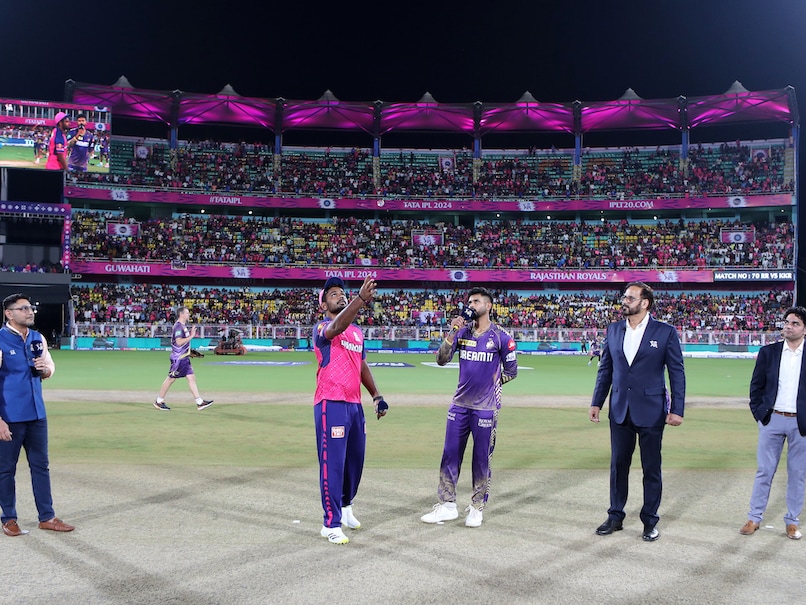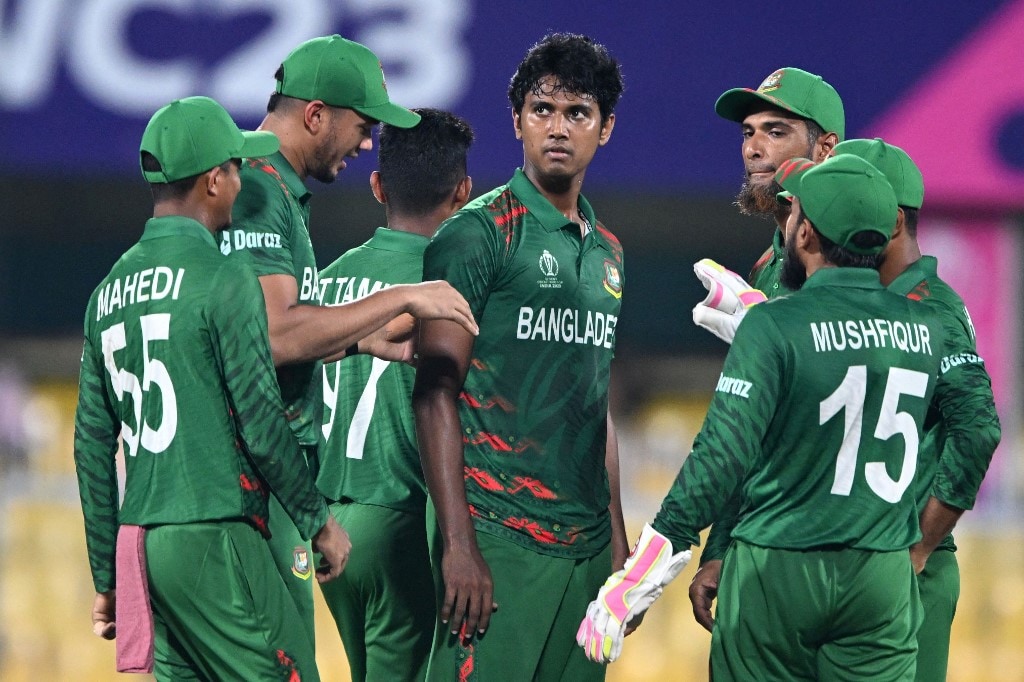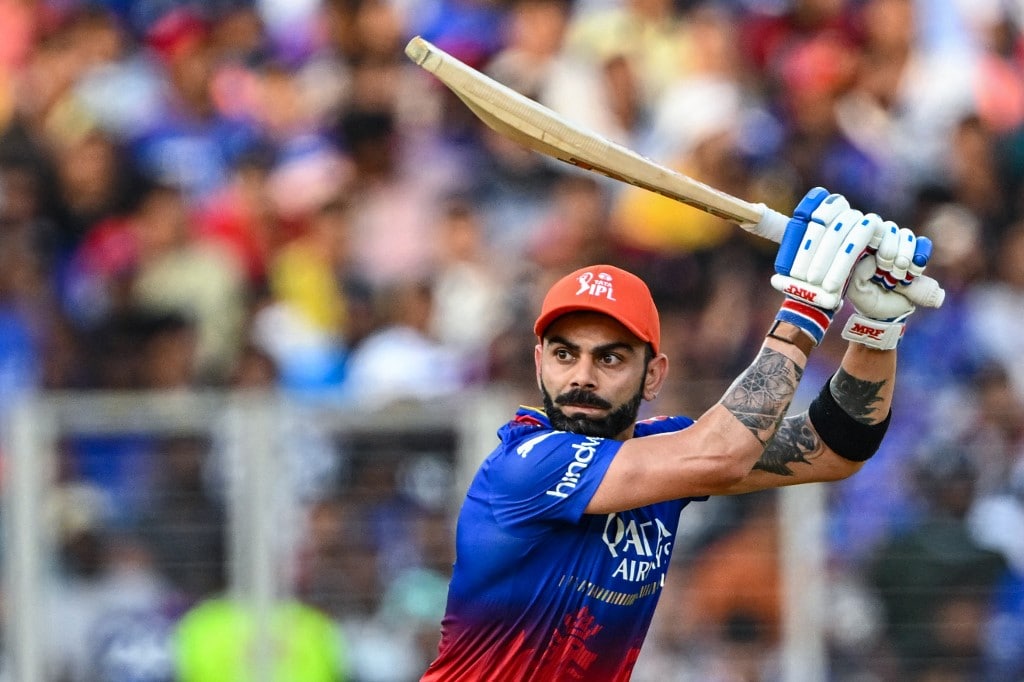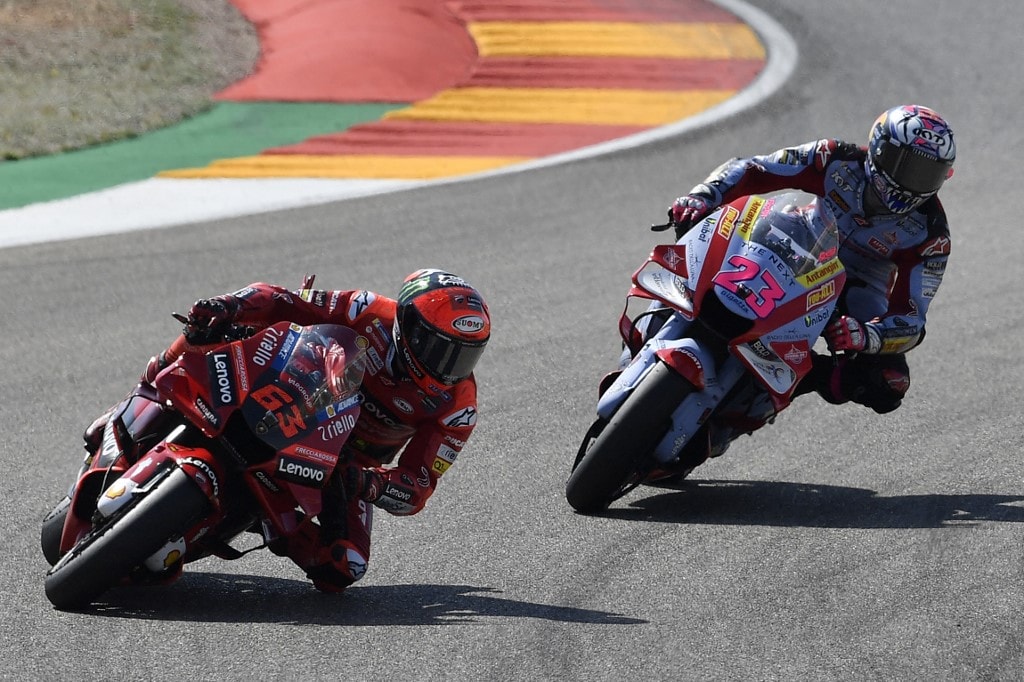Two to tango: Gill and Rohit have set it up for India during its run chases. Photo K.R Deepak/The Hindu
| Photo Credit: K.R. Deepak
The essence of an emerging contest is often sensed during the opening act in ODIs. Remember Sachin Tendulkar’s upper-cut six off Shoaib Akhtar in a 2003 World Cup game at Centurion in South Africa? It set the tone for India’s successful chase and it was the bullet that set fire to the African skies. After two decades, that shot continues to have immense recall value.
Cricketing tradition, even in ODIs, often expected openers to wear down fast bowlers before the middle-order stars swaggered in. But that dour garb atop the batting tree was then slightly altered. Teams mixed it up with one classic player walking out alongside an aggressive partner. Closer home, we had Sunil Gavaskar and K. Srikkanth.
Later, it became Ravi Shastri and Srikkanth. Even with the West Indies, Desmond Haynes was more ice to Gordon Greenidge’s raging fire. The late Martin Crowe then unleashed the pinch-hitter with Mark Greatbatch being the battering ram up the order for co-host New Zealand during the 1992 World Cup.
In the 1996 edition hosted in the Indian subcontinent, Sri Lanka did a ‘buy one get one free’ offer as two aggressive willow-wielders — Sanath Jayasuriya and Romesh Kaluwitharana — caused havoc. This double-trouble template was also reflected through Indian pairs such as Tendulkar-Sourav Ganguly or later Tendulkar-Virender Sehwag.
Cut to the latest World Cup, India has been served well by its openers except during that shock two for three phase against Australia at Chennai on Oct. 8. Skipper Rohit Sharma and Ishan Kishan or Rohit with Shubman Gill have plundered runs, especially during the compulsory first 10-over PowerPlay stage with field restrictions.
Against Afghanistan in Delhi, Rohit, and Kishan shared 156 runs. In the big fight involving Pakistan at Ahmedabad, even though Gill fell early, by then India had struck 23 runs in a mere 2.5 overs. When the action shifted to Pune, Rohit and Gill shared an alliance worth 88. Later, once the Himalayas were scaled, the duo added 71 against New Zealand at Dharamshala. In all these key bonding exercises, Rohit was the constant star.
If Kishan was all about left-handed aggression, the aesthetics were often the sole preserve of the right-handers — Rohit and Gill. Usually in cricket, it is the other way round where left always got it right when it came to tapping our artistic biases. An elegant left-hander was an expected norm even if for every David Gower poem, there was a counter through Allan Border’s hard prose.
Killing them softly could be the joint theme of the Rohit-Gill combine and their fiery tango has drilled holes through the opposition’s field settings besides scraping the skies. These partnerships have been crucial as India mounted excellent chases all through this premier championship and also laid the foundation for Virat Kohli to build his strong edifices. As the Men in Blue prepare for their Sunday’s clash against England at Lucknow, the Rohit-Gill chemistry will continue to be the first hurdle that rival skippers will always be wary about.
















